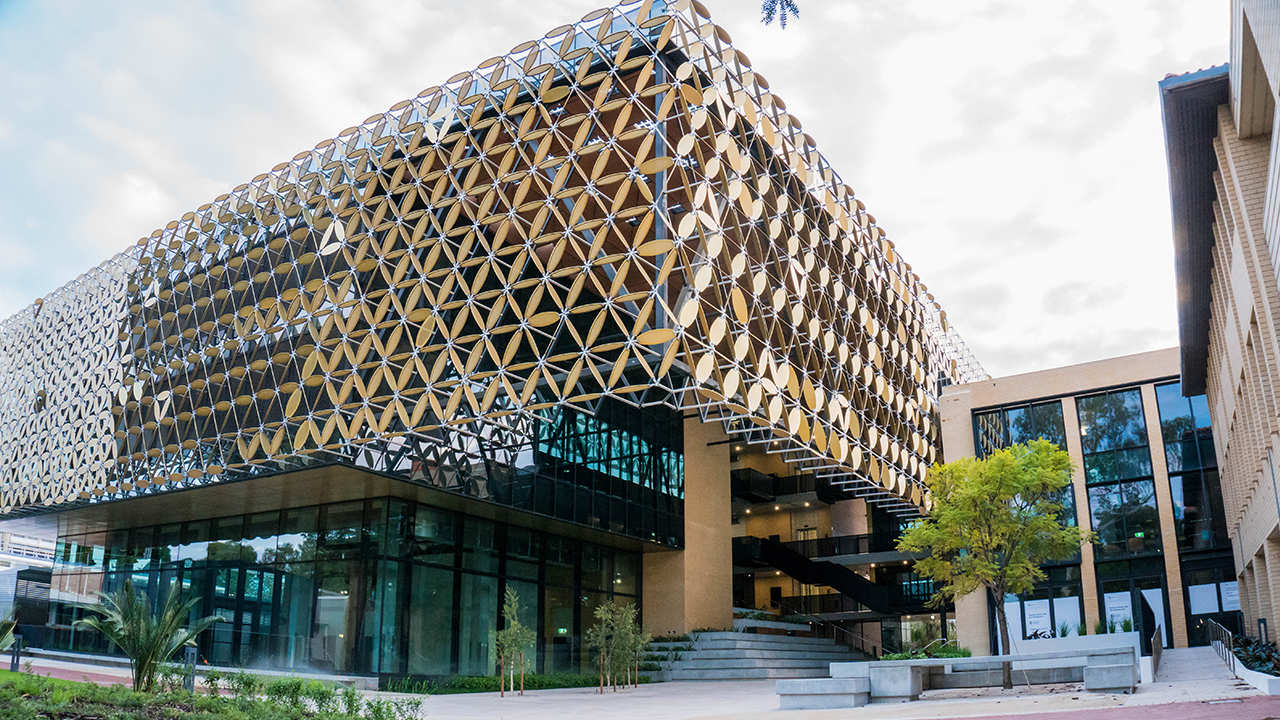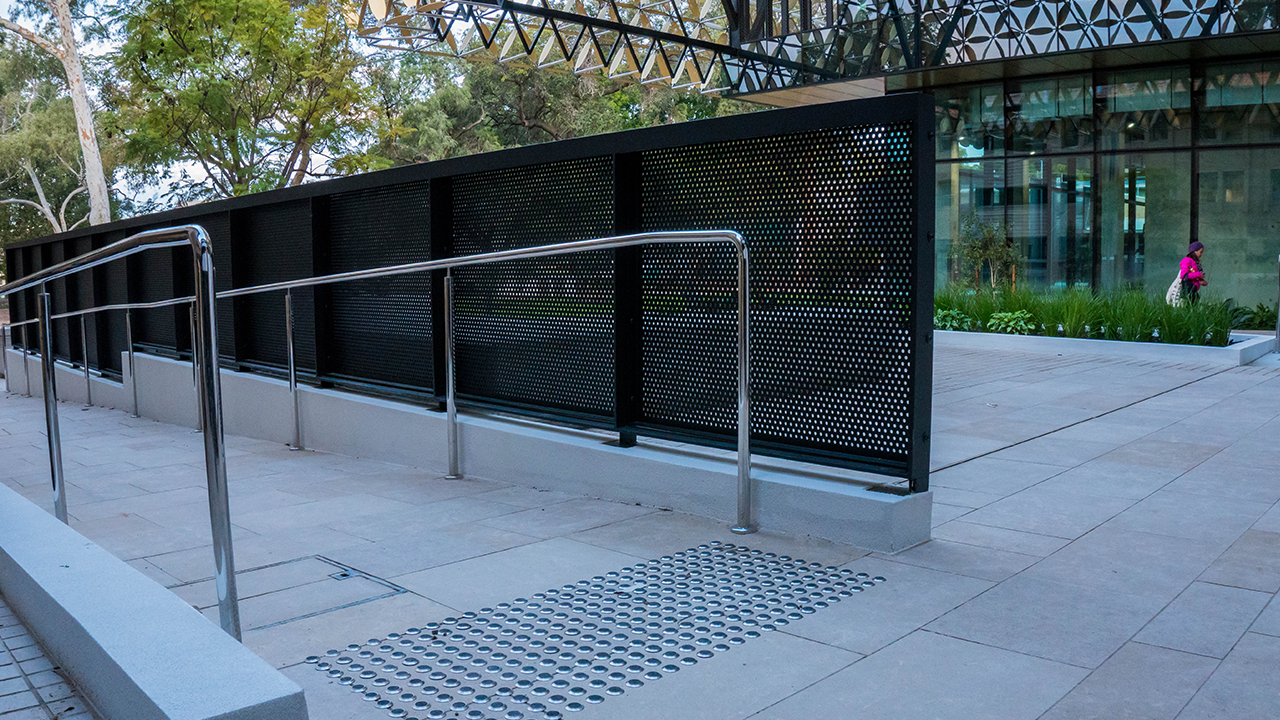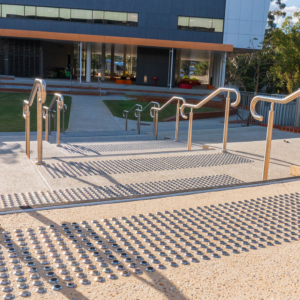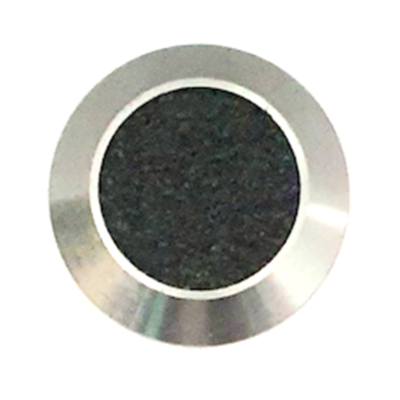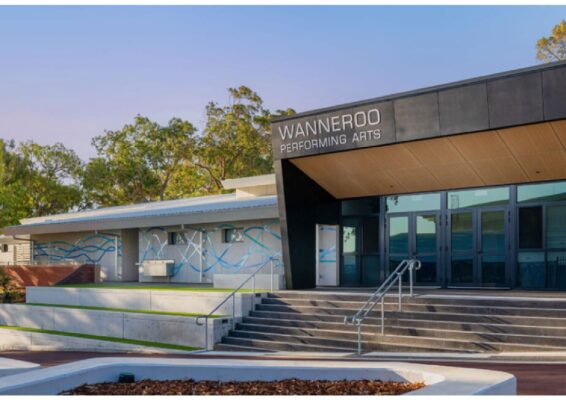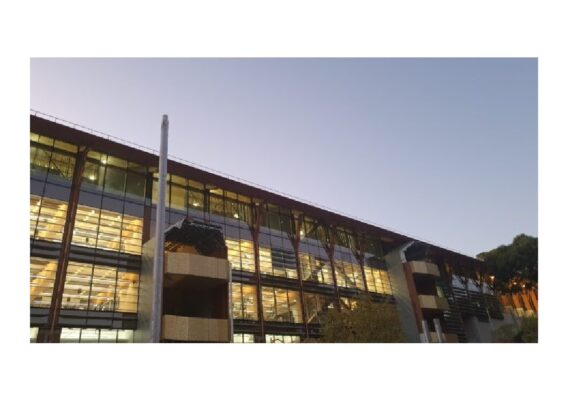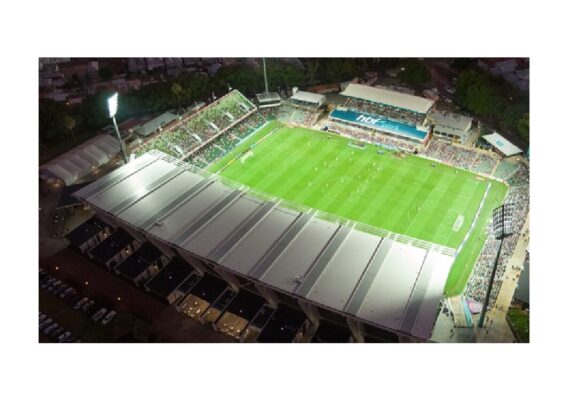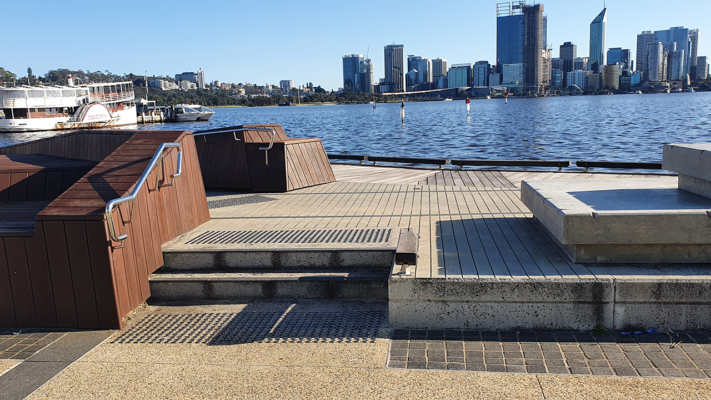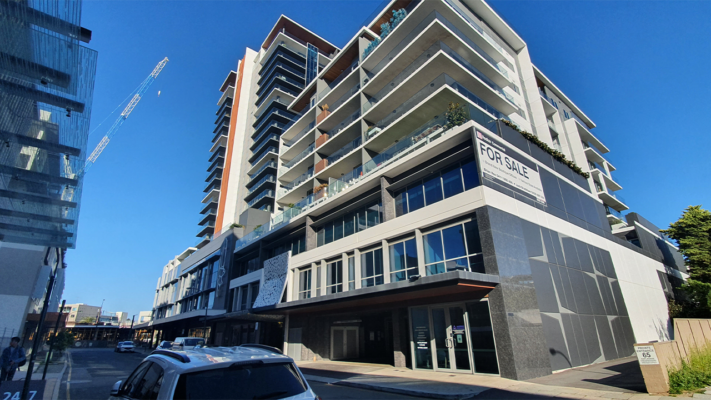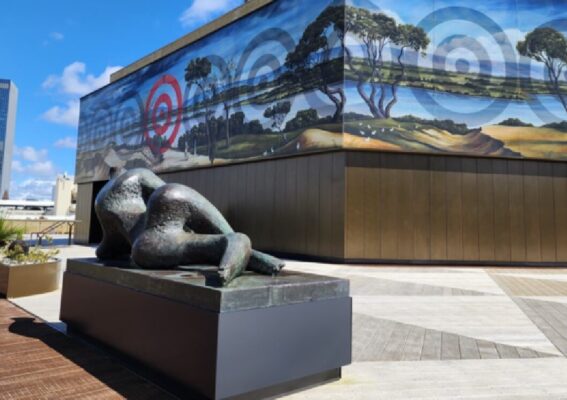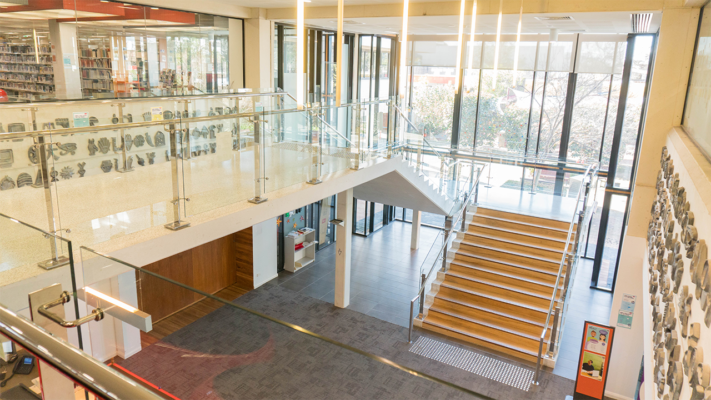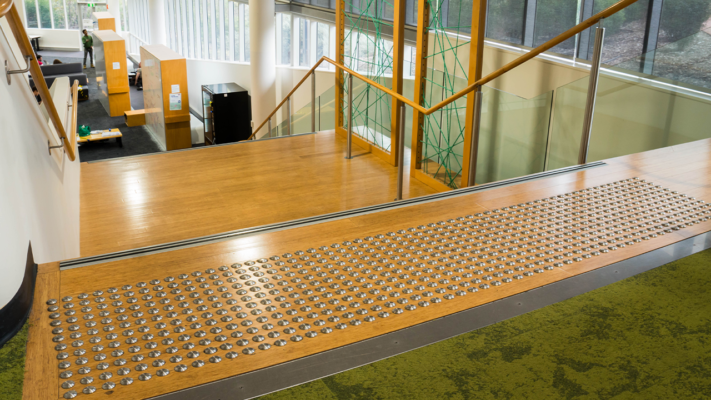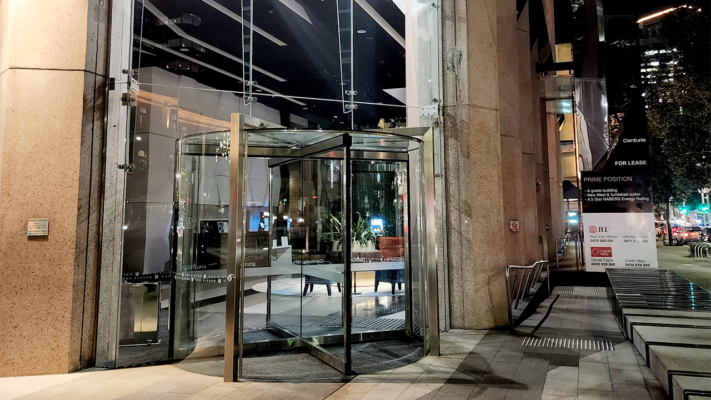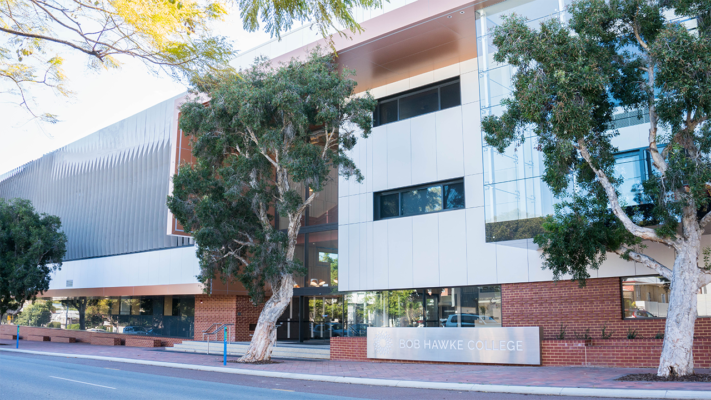The University of Western Australia’s EZONE, a cutting-edge hub for engineering, energy, and technology, is a symbol of innovation and progress in Western Australia. To ensure that this state-of-the-art facility is accessible to everyone, including individuals with visual impairments, the University partnered with Dottac, a leading company specializing in tactile solutions. Dottac’s innovative use of stainless steel tactile indicators with carborundum inserts played a crucial role in transforming the UWA EZONE into an inclusive and forward-thinking space.
The UWA EZONE is a hub of creativity, collaboration, and advanced research, fostering innovation and excellence in engineering and technology. As a center of learning and discovery, the facility strives to be accessible to all, aligning with its commitment to diversity and inclusivity. Addressing the needs of individuals with visual impairments was a priority, and this led to a collaboration with Dottac.
Tactile indicators are fundamental tools for enhancing accessibility in public spaces, including educational institutions. They provide tactile cues and sensory information that are invaluable for individuals with visual impairments, aiding them in navigation and ensuring their safety. The inclusion of tactile indicators at the UWA EZONE was a significant step toward making it more accessible to all students, faculty, and visitors.
Dottac’s involvement in the project began with a comprehensive assessment of the UWA EZONE’s premises. This assessment aimed to identify key areas where tactile indicators could have the most significant impact. Collaborating closely with university staff and accessibility experts, Dottac ensured that the installation would be tailored to meet the unique requirements of this cutting-edge facility.
One of the primary areas of focus was the entrances and pathways within the UWA EZONE. Dottac strategically installed stainless steel tactile indicators with carborundum inserts at key points, including entrances, walkways, and corridors. These tactiles provided clear and tactile cues, making it easier for students, faculty, and visitors with visual impairments to navigate the facility independently and safely.
The choice of stainless steel for the tactile indicators was not only functional but also aesthetically pleasing. Stainless steel is known for its durability, resistance to corrosion, and modern appearance. It seamlessly blended with the contemporary design of the UWA EZONE while ensuring long-lasting performance.
The carborundum inserts in the tactiles added an additional layer of functionality and safety. Carborundum is a highly abrasive material that provides a non-slip surface, enhancing traction and reducing the risk of slips and falls. This was particularly important in areas with varying floor surfaces or in outdoor walkways, where environmental factors could create slippery conditions.
The tactile indicators at the UWA EZONE were strategically placed to guide individuals with visual impairments towards important locations, such as lecture halls, laboratories, collaboration spaces, and accessibility features like elevators and ramps. These tactiles formed tactile pathways that not only improved accessibility but also encouraged independent navigation within the facility.
In multi-level buildings like the UWA EZONE, staircases are essential features. Dottac addressed this by installing tactile indicators on staircases throughout the facility. The tactiles featured carborundum inserts for enhanced safety, ensuring that each step was clearly defined and slip-resistant.
Elevators, another crucial element for multi-story facilities, also received Dottac’s attention. Tactile indicators were strategically positioned near elevator doors to aid students, faculty, and visitors in locating and accessing elevators independently. This commitment to accessibility exemplified the UWA EZONE’s dedication to providing a welcoming and inclusive learning and research environment.
The installation of stainless steel tactile indicators with carborundum inserts at the UWA EZONE highlighted Dottac’s commitment to accessibility and safety. These tactiles symbolized a commitment to making cutting-edge education and research facilities accessible to everyone, regardless of their abilities. The UWA EZONE’s dedication to accessibility, as demonstrated through its collaboration with Dottac, transformed it into a more inclusive and forward-thinking hub for engineering, energy, and technology.
Furthermore, the tactiles significantly contributed to the safety and confidence of students, faculty, and visitors with visual impairments. By providing clear and tactile cues along with non-slip surfaces, they facilitated independent navigation and reduced the risk of accidents, enhancing the overall experience within the UWA EZONE.
Dottac’s innovative use of stainless steel tactile indicators with carborundum inserts at the UWA EZONE in Western Australia was a significant milestone in enhancing accessibility and safety in an advanced educational and research facility. The project not only made the UWA EZONE more accessible but also underscored the importance of thoughtful design and tactile solutions in creating inclusive and cutting-edge environments. The UWA EZONE’s commitment to accessibility sets a commendable example for educational institutions, emphasizing the significance of accessibility and inclusivity in fostering innovation and excellence in education and research.
